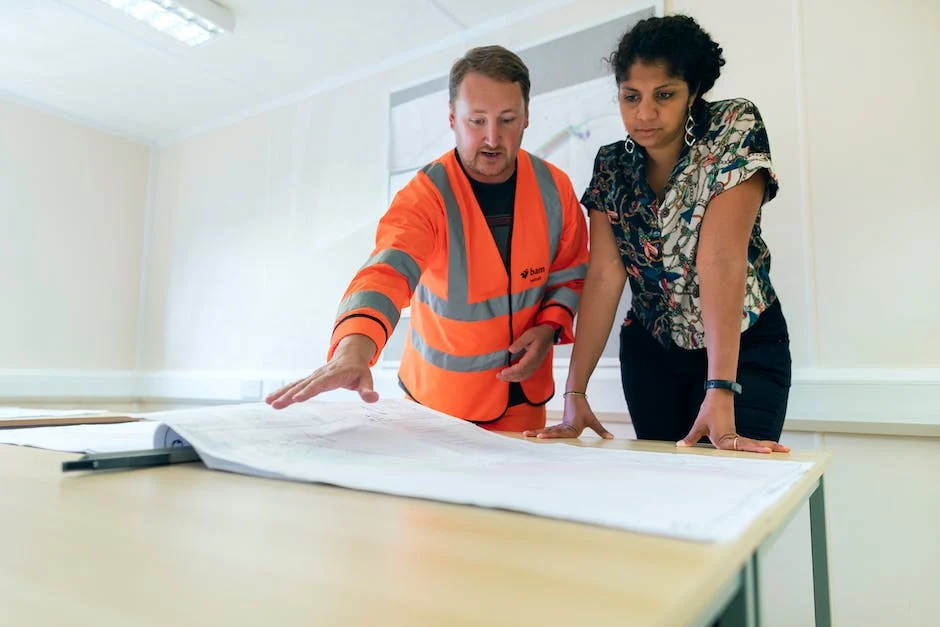Introduction to 3D lift planning
3D lift planning is a crucial part of successful construction projects. It involves creating a detailed visual plan for lifting heavy materials and equipment using 3D technology. This method allows project managers and construction teams to accurately assess potential challenges and make informed decisions to ensure safe and efficient lifting operations.

Importance of lift planning in construction projects
3D lift planning is crucial for successful construction projects as it helps in the proper organization of lifting operations, ensuring safety and efficiency. With accurate lift planning, construction teams can identify potential hazards and challenges, determine the right equipment and methods for lifting, and minimize the risk of accidents. This proactive approach not only safeguards the workers and the construction site but also contributes to the timely completion of the project.
Benefits of using 3D technology in lift planning
3D lift planning technology allows for precise visualization of the construction project, helping to identify potential issues before they occur. This results in better coordination among the team members, reduces the risk of accidents, and ultimately leads to efficient completion of the project. The use of 3D technology in lift planning also facilitates better communication between different stakeholders, such as engineers, architects, and construction workers, thus ensuring a smooth and seamless construction process.
How 3D lift planning improves safety
3D lift planning helps to enhance safety at construction sites. By utilizing advanced technology, construction teams can analyze and visualize the lifting process in detail. This allows them to identify potential hazards and implement safety measures to mitigate risks. The use of 3D lift planning software enables precise calculations, ensuring that the lifting operation is carried out safely and efficiently. This proactive approach helps to prevent accidents and ensures the safety of workers and the success of construction projects.
Understanding the components of 3D lift planning software
3D lift planning software includes several essential components. These typically consist of a 3D model of the load, the crane, and the work site. This software also calculates environmental factors and potential hazards to ensure the safety and efficiency of the lift. Additionally, some programs provide features for visualizing the lift from different angles and perspectives, enabling users to identify any potential issues prior to the actual lifting operation.
Case studies of successful construction projects using 3D lift planning
Case studies of successful construction projects using 3D lift planning provide real-world examples of how this technology has improved project efficiency and safety. In one case study, a construction company used 3D lift planning to visualize the entire lifting process, identify potential hazards, and optimize crane placement. As a result, they were able to complete the project ahead of schedule and without any safety incidents. Another case study showcases how 3D lift planning helped a construction team coordinate complex lifts with precision, leading to significant time and cost savings. These examples demonstrate the tangible benefits of implementing 3D lift planning in construction projects.
Training and certification for 3D lift planning
To be able to plan 3D lifts effectively, it is important for construction professionals to undergo specialized training and achieve certification. This ensures that they have the necessary skills and knowledge to safely and efficiently execute lift plans using 3D technology. Training and certification programs cover various aspects such as understanding lift planning software, calculating load capacities, and adhering to safety regulations. By obtaining certification in 3D lift planning, individuals can demonstrate their competence and commitment to ensuring the success of construction projects.
Implementing 3D lift planning in your construction projects
Implementing 3D lift planning in construction projects is crucial for ensuring safety, accuracy, and efficiency on the job site. By utilizing 3D lift planning, construction teams can visualize the entire lifting process, identify potential hazards, and optimize the positioning of equipment and materials. This technology allows for precise coordination between different teams, leading to smoother operations and minimizing the risk of accidents. Additionally, 3D lift planning facilitates effective communication and decision-making, ultimately contributing to the successful execution of construction projects.
Challenges and solutions in 3D lift planning
When it comes to 3D lift planning, construction projects face several challenges. These challenges can include assessing the weight and dimensions of the materials being lifted, considering the capacity and reach of the lifting equipment, and ensuring the safety of workers and the surrounding environment. 3D lift planning provides solutions to these challenges by allowing project managers to visualize the entire lifting operation in a digital environment. With this technology, they can identify potential obstacles and hazards, optimize lift sequences for efficiency, and ensure that all safety requirements are met. By using 3D lift planning, construction projects can address these challenges and execute successful and safe lifting operations.
Conclusion and future of 3D lift planning for construction
To sum up, 3D lift planning plays a crucial role in ensuring the success of construction projects. It helps in visualizing and analyzing potential challenges, improving safety, and increasing efficiency. As technology continues to advance, we can expect 3D lift planning to become an increasingly integral part of construction projects. With its ability to optimize resource allocation, reduce risks, and enhance project coordination, the future of 3D lift planning looks promising in the construction industry.

